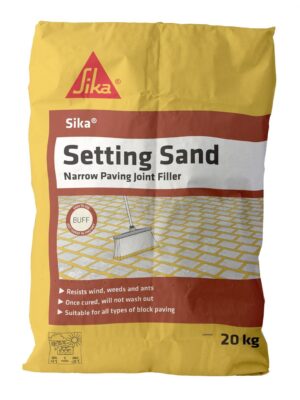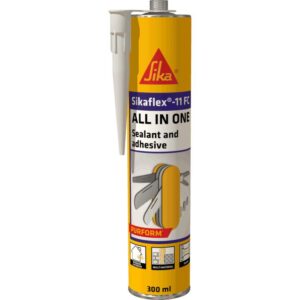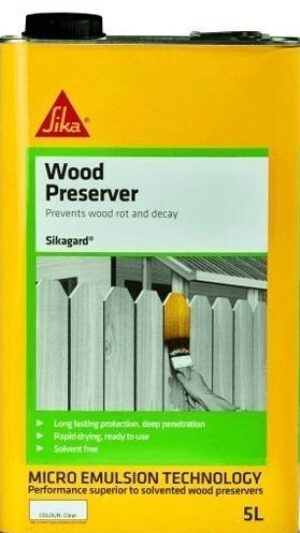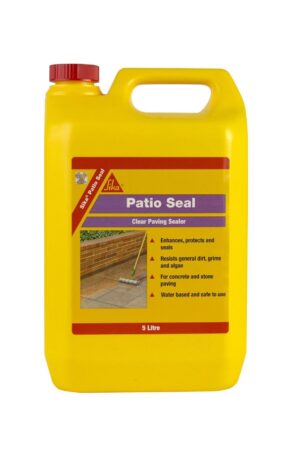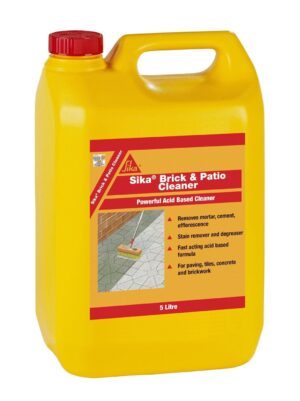What is an admixture?
An admixture is any ingredient, either natural or artificial, used in the making of concrete or mortar other than water, cement or aggregates. Admixtures are used by producers primarily to allow better control over the setting and hardening of the concrete, improve the qualities of the material or provide additional properties. Generally, admixtures can be separated into two groups – chemical, such as water-reducing agents, plasticisers, accelerators and retarders; or mineral, like Silica fume, Blast-furnace slag, Fly-ash and Rice husk Ash.
To optimise the success of admixtures, builders need to ensure the correct batching and concreting methods are used. While the majority of admixtures are supplied in a ready-to-use form which can be added directly to the concrete at site or plan, certain admixtures such as expansive agents and pigment are only used in minute amounts, and therefore batched from pre-measured containers by hand.
What are the types of chemical admixture?
It’s rather common nowadays to mix concrete with additives in order to enhance its properties; depending on what function is the end goal of enhancing the concrete, chemical admixtures can be split into the following groups: accelerators, retarders, water reducing admixture, super plasticisers, air entraining agents, corrosion inhibitors and so on.
Why are admixtures used?
To meet the complex requirements of modern construction projects, over time fresh or hardened concrete has been modified to obtain certain characteristics such as high performance, workability and durability in order to overcome challenging construction situations, like extreme weather placements, early strength or pumping requirements, or particular water-cement ratio specifications. The properties of the material which are most commonly modified are its water reduction, dispersion and air-entrainment, as well as its setting time and heat of hydration.
The main reasons to use admixture include reducing the cost of concrete construction, overcoming concreting operations emergencies and maintaining the quality of the concrete during the different stages of the project, from mixing and transporting to placing and curing, especially in adverse weather conditions. Moreover, using admixtures to achieve particular concrete properties has proven more effective than other means of accomplishing the same qualities.
What are the functions of admixture?
In addition to the five distinct classes of chemical admixtures, according to their function (accelerating, retarding, air-entraining, water-reducing and plasticisers), admixtures are also often used to help improve the workability or durability of concrete, or help accelerate its setting and hardening, thus making it stronger earlier on.
Moreover, they can be used to modify the material so that it acquires waterproofing properties, wear resistance or becomes more lightweight due to aeration. Certain admixtures can also impart colour to concrete, and either reduce or offset chemical reactions, shrinkage or expansion of the product.




